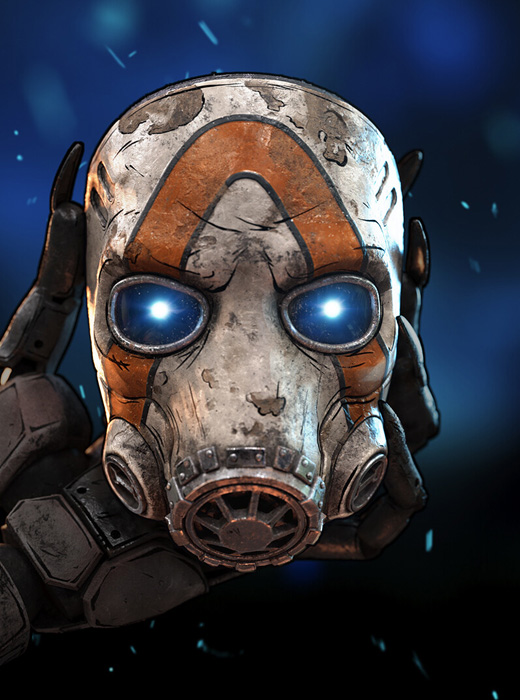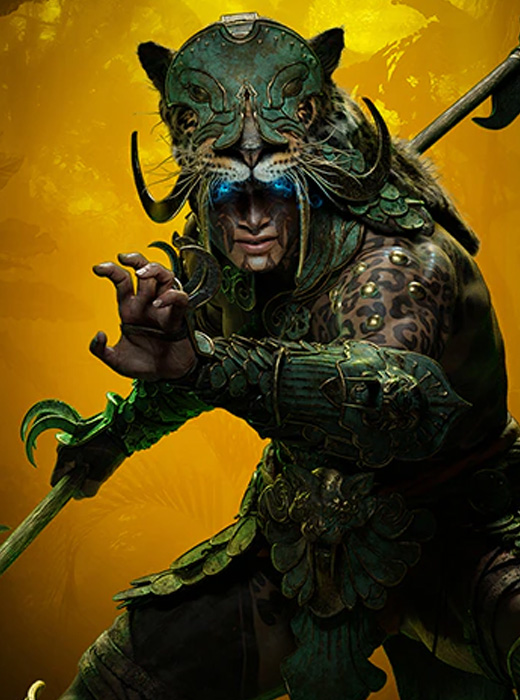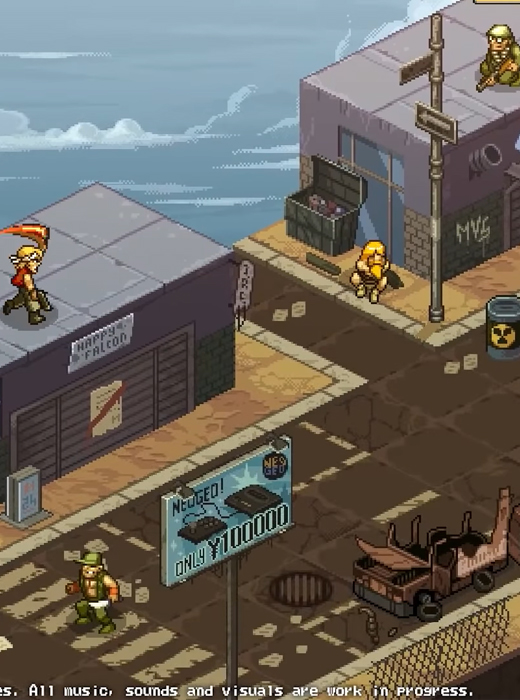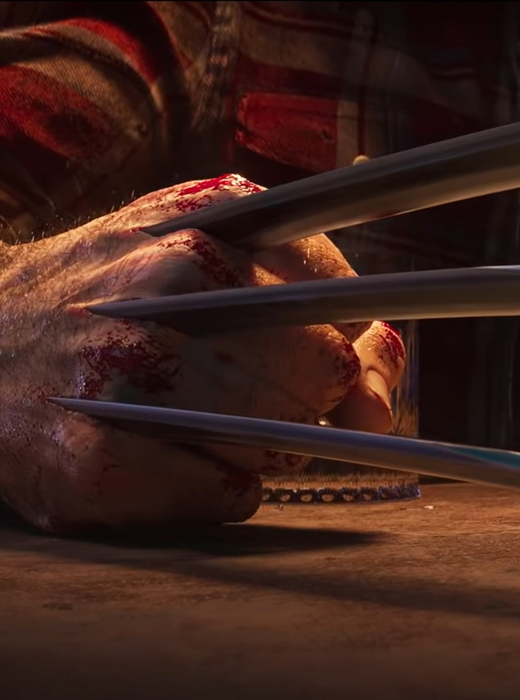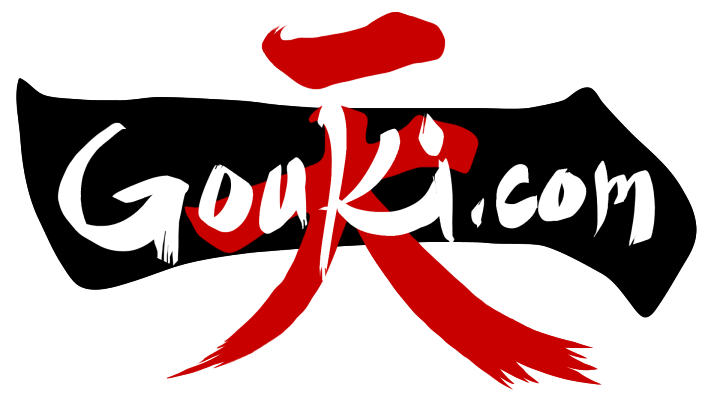Community Review: Mana Khemia Alchemists of Al-Revis
By blazemanx —
June 7, 2011
Tags:
ps2
review
rpg
video
Take all the great features from previous Atelier games while removing their flaws, and you have this gem.
Mana Khemia, Alchemist of Al-Revis, also known as Atelier Iris 9 to some, is the latest installment of Gust's old-school alchemist based RPG. The previous 3 PS2 games that NISA localized for us were all fun, but had their fair shares of flaws. This game however, renewed the emphasis and importance of alchemy like the earlier PS1 Atelier games did, and keeping many key features from the newer Atelier games, while removing most of the flaws from those games.
Story
The story itself is somewhat slow. In fact, story seems almost non-existant at first. You're just some random kid who was invited to join the prestigious Al-Revis academy for alchemists, and the rest of the game's plot pretty much revolves around your school life. The pacing is divided from story events, to classes and free time. You have to complete your class assignments to move on, if you do really good you might have free time to do whatever you like, and finally a story event happens at the end of each chapter. Bits by bits of the story and the enigmatic past involving the main character and his cat companion gets slowly revealed throughout each chapter's event scenes. Eventually it leads to some interesting plot twists you weren't expecting. Overall, while the story won't win any academic awards, it's decent enough to pay attention to, and despite slow pacing, I believe it works wonders for this game.
Sound
Ken Nakagawa, the composer for the previous Atelier games, have outdone himself in this title. If you've played any previous Atelier games, you should be able to pick up to his style and can instantly recognize the similarities. The music fits each scene perfectly, with the happy tunes inside the school, to goofy music from humorous cutscenes, to serious themes from dark moments and so forth. The game also has over 3 main battle themes, a tough foe music, various boss themes, and a lyrical final boss theme. They range from upbeat themes, to rock, to sad, to fierce depending on the opponent. Not only that but the game's intro movie and certain events during gameplay also contain many J-Pop songs, and whether you're a fan of J-Pop or not, they sounds pretty good that it shouldn't cause anyone to turn their volume off.
The sound effects are mostly the same from previous Atelier games. There are of course plenty of new sound effects for some new special moves here and there. But for the most part you should recognize all these if you played any Atelier games.


Graphics
This game is a 2D games as you would expect. The sprites and mapping tiles were for the most part recycled from Gust's library, but important story characters are all new. The maps now make use of depth of field, which you can see trees or whatever in the background moving at a different pace than the screen, which is nice.
However the special moves and animation received a huge improvement, things are definitely smoother and eye candy is everywhere. Some special moves contains some pretty impressive 2D animation scenes as well. Long story short, if you're a fan of 2D, this game delivers them in great style. If you're not a fan of 2D graphics, you might learn to appreciate the aesthetics and simplicity of these graphics, as they certainly gives off a feel that 3D graphics cannot grasp.
Gameplay
If you've played any previous Atelier games, you would know exactly what to expect from this game. As you've noticed on the summary for this review, I claimed that Mana Khemia takes the best features from previous Atelier games while removing their flaws, now I'll explain how.
For starters, the emphasys and importance of alchemy, which was always a deep part of any Atelier game's well , gameplay. As I've mentioned, you have to take classes and pass them to advance. These classes for the most part are like tutorials that teach you the basics of the game, and depending on your performance you get a grade for it. The higher the grade, the more stamps you get on your...report card I guess. If you match the quota for your report card, you won't have to take any more classes for the rest of the chapter. Later, once most of these tutorial classes are done, they will involve a wide range of tasks from alchemy, to battles, to gathering items.
During free time, instead of classes, you can take on jobs, and these works exactly like the guild job system from Atelier Iris 3, where you either hunt down a powerful monster or gather/create certain items, or items with certain attribute, and give them to someone, with money as your reward. Once you're done with all available jobs you can spend time gathering items through mining, digging, fruit gathering and more. The cafeteria also have an NPC that spread rumors, and depending on the rumour you chose for him to spread, will give you a permanent bonus, until the rumor gets changed. Bonus range from battle bonuses, to parameter increase, to discounts at stores. You can also spend time with your teamates to learn more about them, their past, their troubles, or simply goofy cutscenes.

Alchemy for the most part is the same from the previous games, except for one new feature. Each item made through alchemy will have an ether level, and depending on the level, the condition of the item or ability the item contains will be affected, while the effect will remain teh same. This means that when making higher level items, you could get different attributes on the newer items to inherit depending on what ability the ingredient had, which leads to more possibilities. This make use of Atelier Iris 3's common skill feature, where each equipment can have up to 2 skills. Mana Khemia broaden on this and give you 3, 2 support skills and 1 common skill. Common skills are skills you can use in battle, such as healing, elemental spells, or support spells. Another new feature for the alchemy system is that each ingredient, when making the item, will have a wheel spinning, and depending on the element you land you, can affect the either level to go either up or down or no change. You can also enlist the help of your teamates, and each have various effects while creating items, such as auto increments or decrease of ether level, to changing all elements on the wheel to a certain color.
You no longer level up in this game, instead you have what's called the Growth Book. It is very similar to Final Fantasy X's sphere grid system, but instead of attaching nodes, you have to create items through alchemy. If you have made the item at least once in your lifetime, the node will be open, and you can fill in the nodes with AP earned through battle to increase your stat or learn new skills. This means that your parameters and battle prowess is now all dependent on alchemy, so you will be forced to go deep into the system if you wish to make it through the game.
The battle system take Atelier Iris2 and 3's time card system. The order is determined by the cards. However now you once again have SP for your specials instead of a skill gauge that everyone shares. During battle, you can have 3 characters fighting at once, while have 3 in reserve. You can tag your reserve in once their card if lit up. Characters in reserve will regenerate their SP at a fast rate. It's not a problem as SP gets consumed very fast in this game, meaning you will have to swap a lot to balance out everyone's SP. You can also do things such as support attack and defense, where a character automatically do an attack after an action and tags in, or a reserve character shielding you from an attack. All these actions can only be done if your reserve character's card is lit up, once someone is tagged out, they will need time for their cards to fil up.
The burst system from AI3 is also back, but went through a much needed fix. Instead of each hit filling up 1 node on the burst gauge, all attacks only fill up a tiny bit, while exploiting enemy weaknesses will fill it up by a large margin. Once burst activates, you will get a condition for your final burst. The condition varies from attacking, using certain element, to buffing allies and more. The final burst gauge next to the burst gauge will fill if the condition is met, and once maxed, you can do a Final Burst, which is like a character's super move. Doing so will automatically end burst mode so use it when its almost over. Your final burst also gets carried over from battle to battle if you haven't used it, so you can automatically use it once your burst gauge is filled in your next battle.
Final Verdict: Buy IT!
One of my all time favortie RPG games this game has multiple endings depending on which character you spent the most time with during freetime. The game also has a bonus dungeon where you can fight cameo battles from Atelier Iris 3, which is a nice fanservice. Last but not least, you will have to do a lot of exploring if you wish to complete the item list. Beating the game wil unlock the game's OST, art gallery, character art, item and enemy list and ending list.
I think this is a MUST for any RPG fan so you guys should totally check it out. Let us know what you think and dont be a jimmy.





